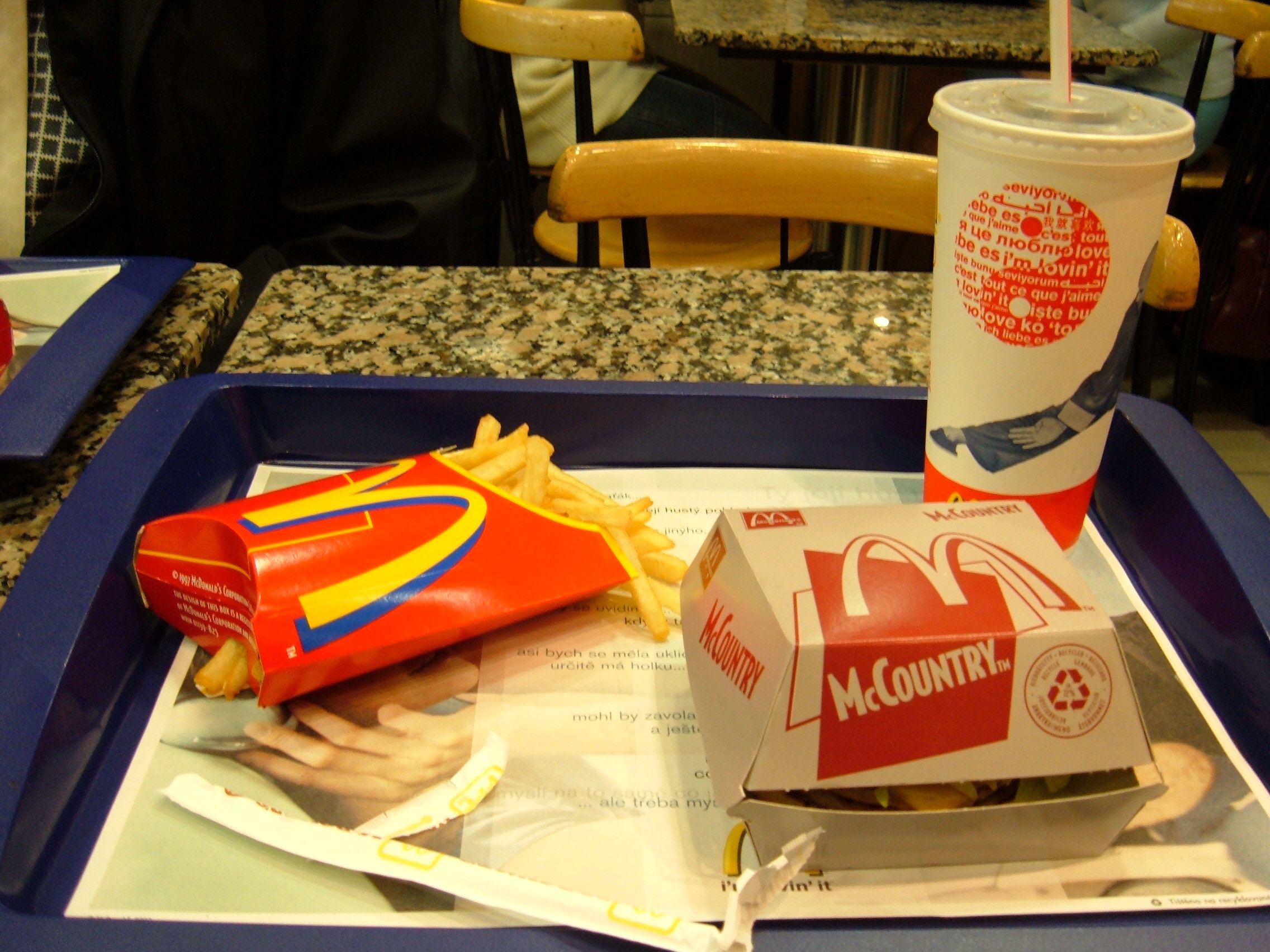
The world of health and wellness is constantly abuzz with new trends, but few capture the internet’s imagination quite like a viral sensation promising immediate relief. Imagine, for a moment, the debilitating grip of a migraine headache. The throbbing pain, the sensitivity to light and sound, the overwhelming nausea – it’s a profound experience that drives many to seek any glimmer of hope for relief. It is in this desperate search that an unexpected, yet strangely compelling, remedy has emerged from the digital ether: the so-called “McDonald’s migraine meal.”
This intriguing notion, which has gained significant traction across multiple Reddit threads and countless TikTok videos, suggests that a specific fast-food order holds the key to alleviating migraine pain. The premise is disarmingly simple, yet it has sparked widespread conversation and experimentation among those who suffer from these agonizing headaches. The sheer volume of testimonials online points to a deep desire for accessible and rapid relief.
At its heart, the “migraine meal” is believed to consist of just two crucial elements from the McDonald’s menu: a large Coca-Cola and a large order of World Famous Fries®. While these might sound like an indulgence rather than a medical intervention, the online lore insists on their specific power. Some variations of this popular hack also include a cheeseburger or even a milkshake, but the core combo of soda and fries remains the most widely cited.
Indeed, the concept has resonated so strongly that content creators, such as @christinajochec, have shared their personal experiences, reporting significant improvements like feeling “less pain in just 30 minutes.” Another TikTok by @millyhancockk even featured a commenter claiming that their own neurology expert “literally recommends this to patients.” This level of public enthusiasm naturally prompts a deeper inquiry: is there any genuine scientific basis to this seemingly unconventional cure, or is it merely another fleeting internet trend?
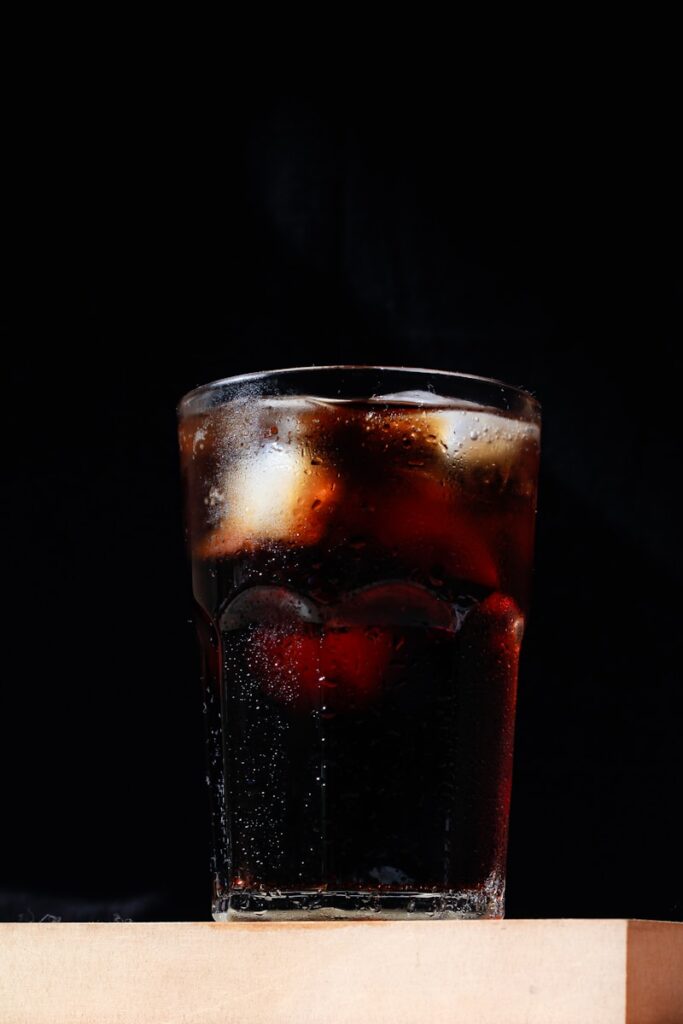
To unravel the mystery behind the “McDonald’s migraine meal,” we turn to leading neurologists who have weighed in on this curious phenomenon. Dr. Matthew Robbins, a distinguished neurologist at Weill Cornell Medicine and NewYork-Presbyterian, acknowledges the widespread discussion around this and “many other hacks.” His insights reveal a nuanced perspective, underscoring that while certain elements might offer temporary relief for some, it is far from a universal panacea.
Dr. Robbins recounts encountering patients who, surprisingly, crave a warm can of Coke during a migraine attack, highlighting the complex and individualized nature of these experiences. He firmly states that “it’s never just a one-size-fits-all approach” when it comes to migraine treatment. This essential caution serves as a critical reminder that what works for one person may not work for another, and in some cases, might even exacerbate symptoms.
The compelling aspect of the “migraine meal” lies in its primary components, which, upon closer inspection, reveal potential physiological mechanisms at play. The large Coca-Cola, for example, which comes in at 290 calories for a large size, brings a significant dose of caffeine to the table. Caffeine, as neurologists explain, possesses potent analgesic, or pain relief, properties. Dr. Robbins elaborates that caffeine also “makes other analgesics more potent,” explaining its inclusion in common migraine medications like Excedrin.
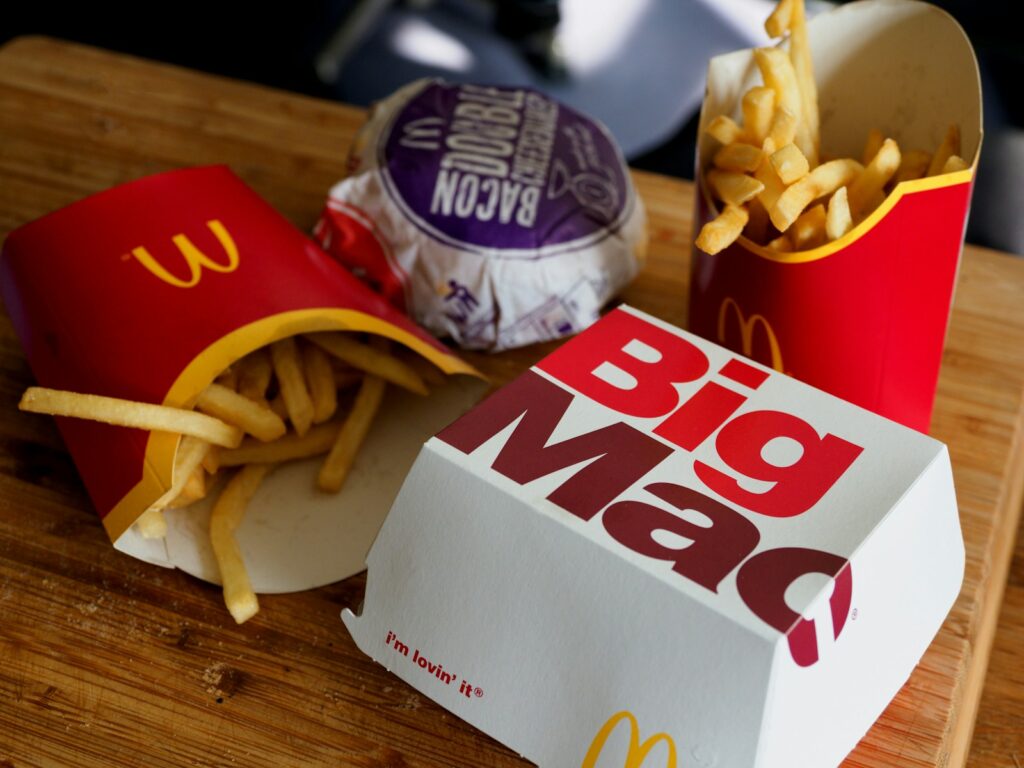
In fact, caffeine’s role in these medications is to enhance the absorption of other active ingredients, such as aspirin and acetaminophen, thereby improving their overall potency and speed of action. Dr. Regina Krel, a neurologist and director of the Hackensack Meridian Health Headache Center, concurs, noting that “Coke has caffeine and we know that caffeine can sometimes help reduce migraine pain, in fact some pain relievers have caffeine in it.” This makes the caffeine component a plausible contributor to any perceived relief.
Moving on to the other critical element, the large order of World Famous Fries®, clocking in at 480 calories, offers a substantial amount of salt. Dr. Jessica Lowe, a neurologist who explained this hack in a widely viewed Instagram video, suggests that the salty fries “may be helping to balance out electrolytes.” Dr. Krel further expands on this, explaining that “Salt is an electrolyte and sometimes electrolyte imbalances can trigger migraine attacks.” Thus, for individuals whose migraines are linked to electrolyte disturbances, the salt content could theoretically provide some benefit.
Beyond just salt, fries are also a significant source of carbohydrates, as Dr. Lowe points out, stating, “Fries are carbs.” This introduces another potential mechanism of action. Many individuals experience migraine attacks triggered by hunger or a sudden drop in blood sugar. Dr. Lowe suggests that “those carbs are certainly going to help out in that department.” Dr. Krel reinforces this, noting that “sometimes patients tend to skip meals and that sugar drop can also be a potential migraine trigger which is offset by eating this tasty treat.
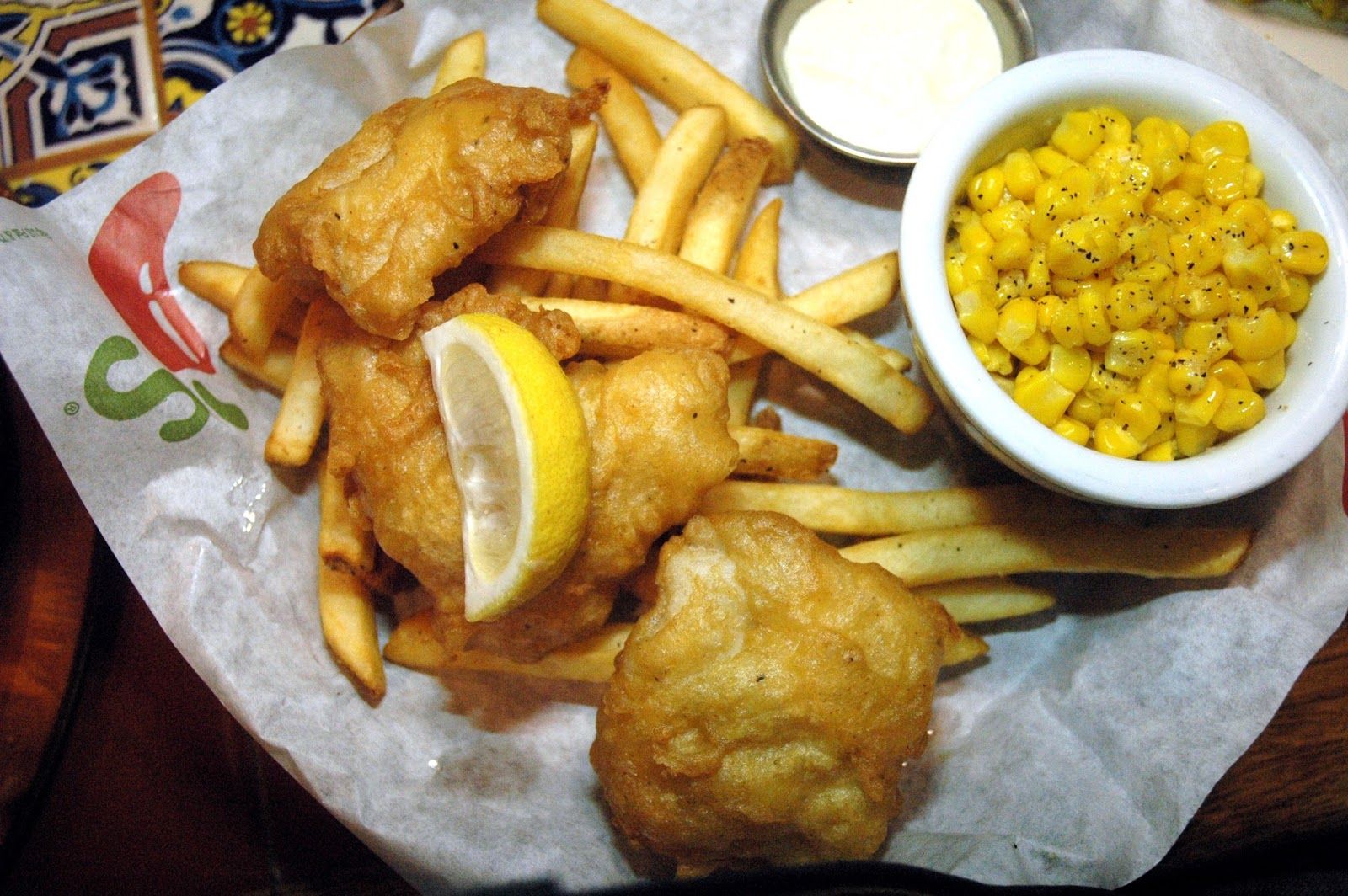
Moreover, the very act of craving a particular food, especially something sweet or salty, can itself be a symptom of an impending migraine. Dr. Robbins explains that “Most people with migraine experience what we call a prodrome, where there’s some non-headache symptom that happens before the headache starts.” This prodrome can manifest in various ways, including sensitivity to light or sound, stomach upset, shifts in mood, neck aches, or, notably, intense cravings for salty or sweet foods.
This fascinating insight suggests that for some, consuming the “migraine meal” isn’t just about alleviating symptoms, but rather responding to a physiological signal already sent by their body. It becomes a matter of comfort and fulfilling a pre-existing craving. As Dr. Lowe eloquently puts it, “we are all human,” and “when you are feeling unwell, sometimes you just want some comfort food.” This emotional and psychological aspect, while not a cure, undoubtedly plays a role in the perceived effectiveness for many.
Despite the anecdotes and plausible scientific underpinnings, neurologists are united in their cautions against adopting the “McDonald’s migraine meal” as a regular treatment strategy. It is imperative to remember that while this hack might work for a select few, it is far from a universal remedy. Dr. Robbins, Dr. Lowe, and Dr. Krel all emphasize that the potential downsides and risks associated with frequent reliance on fast food for migraine relief far outweigh any short-term benefits.

One significant concern is that the meal might actually trigger a migraine attack in some individuals. While the combination works for some, others might find that the excessive salt, sugar, or caffeine content, especially if consumed frequently, can paradoxically induce or worsen their headache. Furthermore, for those experiencing nausea, a common migraine symptom, the very idea of consuming greasy fast food like a Double Quarter Pounder® with Cheese at 740 calories, or even a simple Cheeseburger at 300 calories, might prove “disgusting,” as Dr. Robbins notes.
More broadly, the long-term health implications of frequent consumption of such meals cannot be overlooked. Dr. Robbins soberly reminds us, “We know migraine is associated with worse cardiovascular health.” He cautions that “obviously, having a fatty meal and a big caffeinated soda is not really good for you in general.” For instance, a Big Mac® Combo Meal can tally up to 1,170 calories, while a Quarter Pounder® with Cheese Meal can reach 1,050 calories. Even a large Chocolate Shake packs between 520 and 800 calories, depending on the size.
Dr. Krel specifically highlights the perils of relying too heavily on caffeine for pain management, explaining that “Caffeine, found in Coke, can lead to a rebound headache.” This phenomenon, also known as medication overuse headache, can create a vicious cycle where the very substance used for relief ends up causing more headaches. She further warns that “Excessive caffeine use may contribute to sleep trouble which can then worsen headaches,” and ominously, “Caffeine withdrawal headaches are real!”
Given these critical warnings, experts strongly advocate for healthier, more sustainable alternatives to manage migraine pain. Dr. Krel suggests that instead of reaching for a large Coca-Cola, which is a significant part of the viral hack, “Electrolyte water is always a great option to try for hydration and electrolytes.” This offers a clean source of electrolytes without the sugar and other additives found in soda. For the caffeine component, she recommends “certainly having a cup of coffee is a healthier option,” which provides the analgesic benefits without the added sugar of a soda.
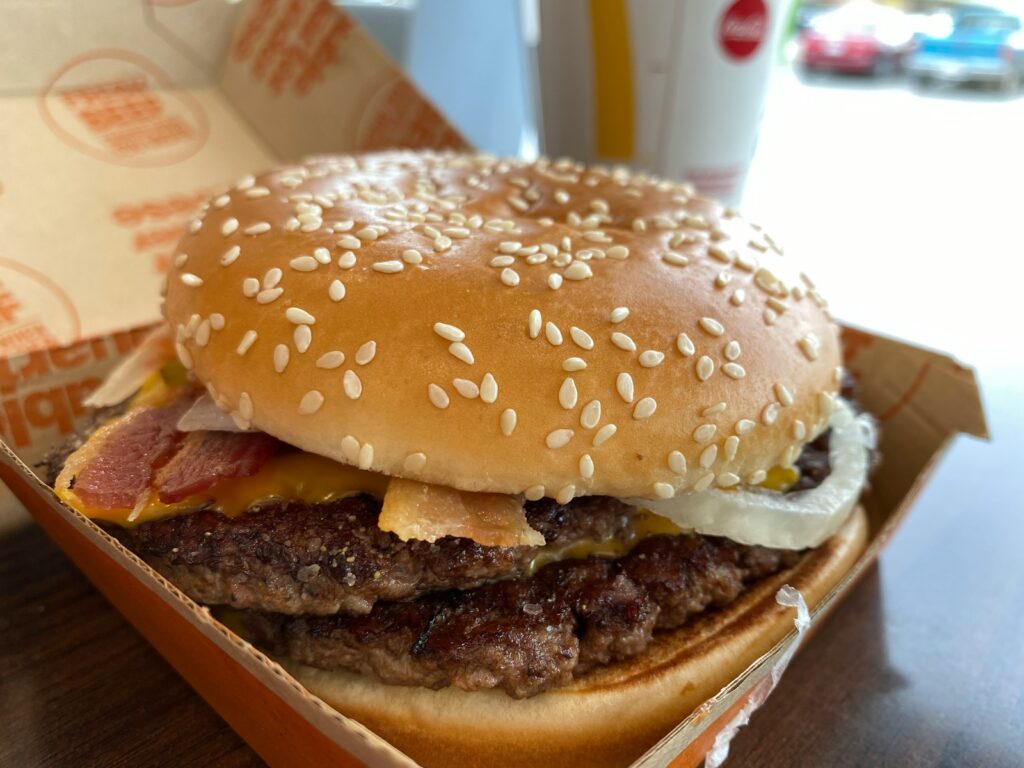
If hunger or low blood sugar is identified as a trigger, Dr. Krel advises choosing “a healthy protein rich snack that isn’t processed” instead of a calorically dense meal from the fast-food chain. McDonald’s itself offers options like Apple Slices for 15.0 calories, which, while not a full meal, are a much healthier choice than some of the featured favorites like the Spicy McCrispy™ at 531 calories or the Quarter Pounder® with Cheese at 520 calories.
Ultimately, the consensus among neurologists is clear: while the “McDonald’s migraine meal” might provide fleeting relief for some, it is not a recommended long-term solution. Dr. Robbins summarizes this sentiment, stating, “If someone finds that they improve with this hack, that’s great for them,” but quickly adds, “But if they’re using it often, that’s not good for you either.” Dr. Lowe echoes this, reiterating, “I get it, (I’m) not knocking the hack,” but stressing, “Just don’t make a habit of it.”
The journey of Ray Kroc, who in 1954 discovered the efficient “Speedee Service System” of Richard and Maurice McDonald’s small hamburger restaurant in San Bernardino, California, and subsequently built a global empire of over 36,000 restaurants in more than 100 countries, is a testament to the power of vision and meeting a consumer need. McDonald’s has perfected the art of delivering comfort food with unparalleled speed and consistency, making it a natural, albeit often unhealthy, destination for those seeking quick fixes.

However, when it comes to managing a complex neurological condition like migraines, a quick fix, particularly one that involves regular consumption of fast food, cannot replace comprehensive medical care. Migraine management requires a thoughtful and personalized approach, often involving a combination of lifestyle adjustments, medication, and non-medication treatment options. If you find yourself frequently reaching for this viral hack, or if your migraines are persistent and disruptive, it is a clear signal to consult with your doctor or a neurologist. They can help you develop a robust prevention and treatment strategy tailored to your unique needs.
The vibrant digital landscape, while a rich source of shared experiences and intriguing ideas, should always be navigated with a discerning eye, especially concerning health. The allure of a seemingly magical cure, found within the familiar confines of a fast-food bag, speaks to our inherent human desire for simple solutions to complex problems. Yet, true well-being stems from informed choices and a partnership with medical professionals who can guide us towards effective, sustainable health practices. So, while the “McMigraine” might be an interesting anecdote in the vast story of internet trends, the real magic lies in understanding your body and seeking expert guidance for lasting relief.



